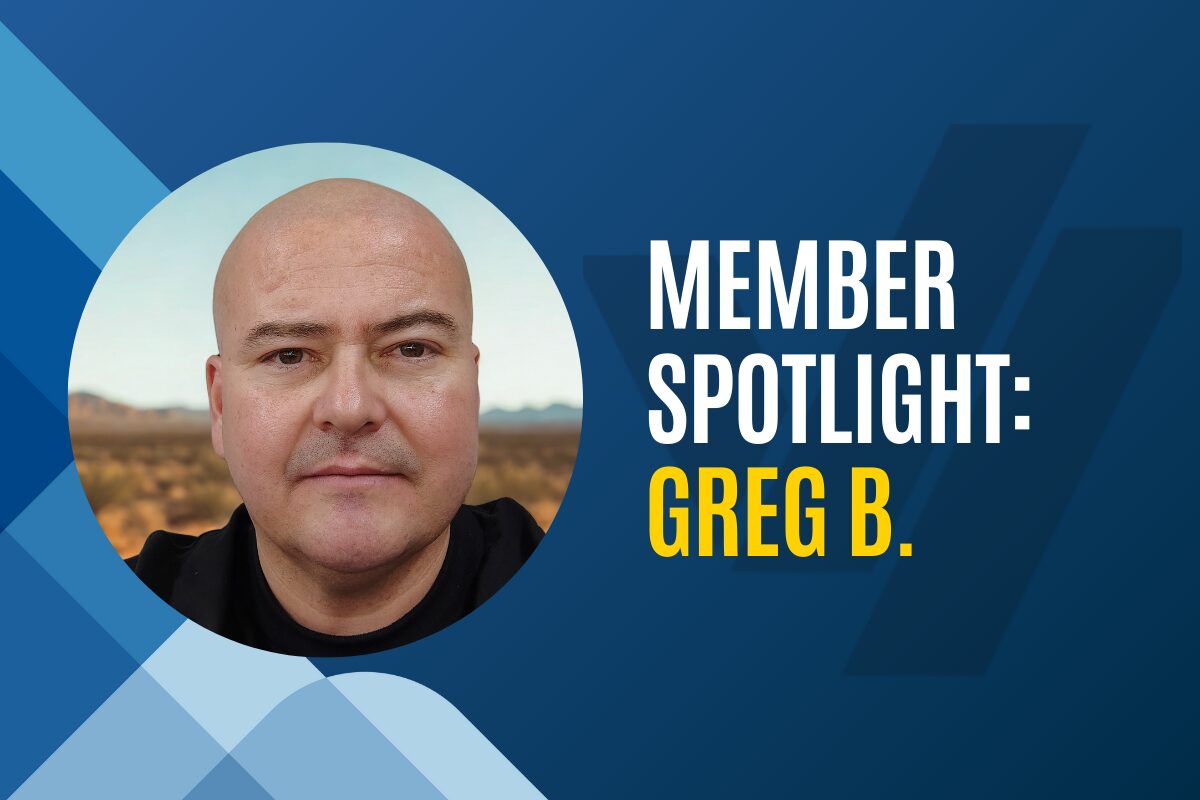Each January-February, people from across the globe flock to the Old Pueblo for the Tucson Gem, Mineral & Fossil Showcase—the largest event of its kind in the world. It runs for two and a half weeks and serves as one of the most significant driving forces of economic growth in Tucson, with around 4,000 trade companies displaying their goods across 40 venues all over the city.
Rockhounds can find any jewel imaginable and pick the brains of some of the most esteemed collectors, museum curators, and experts from around the world. The Tucson Gem, Mineral & Fossil Showcase also coalesces with the Tucson Gem and Mineral Show, which brings together hobby enthusiasts and professionals for “discovery and discussion.”
Oh, and did we mention that most of the events are free?
With perfect weather, beautiful mountainous landscapes, and a show like this, it’s no wonder that Tucson blows up in the wintertime. But exactly how much money does the Tucson Gem, Mineral & Fossil Showcase bring in? According to our calculations—more than you might imagine.
History of the gem show
Like Vantage West, the Tucson Gem, Mineral & Fossil Showcase began with humble origins. In 1955, Keeling Elementary School hosted the first gem show, which was organized by the Tucson Gem and Mineral Society, a group of rock collectors in the area. About 1,500 visitors showed up to see just nine dealers—a surprise to everyone involved.
Due to the unexpected popularity, the next year’s gem show moved to the Pima County Fair and Rodeo Grounds, where it remained until 1972, when it moved to the Tucson Convention Center. It quickly became the holy grail for rock hunters, attracting distinguished exhibitors such as the Smithsonian, the Carnegie Museum of Natural History, and the Sorbonne.
Despite its modest beginning, the Tucson Gem, Mineral & Fossil Showcase managed to create something larger and more meaningful to the city because of the power of community support.
Direct spending of the Tucson Gem, Mineral & Fossil Showcase
In 2017, over 60,000 visitors arrived in Tucson to see the 45 different exhibitions offered by the gem show. The city has not yet calculated revenue for 2017, but the number of visitors increased since the last financial study in 2014.
According to the study, done by Tucson-based market research firm FMR Associates, the 2014 Tucson gem show brought about $120 million in direct spending. This was a 20% increase from 2007, when the show generated about $100 million—which was itself a 56% increase from the $76 million earned in 2000.
But it’s not just merchants who profit — the City reaps many benefits as well. Of the $120 million earned in 2014, $11 million was collected as tax revenue, which is a nice chunk of change for Tucson to use toward improving infrastructure, business lending, and education.
Where does the money come from?
According to the 2014 FRM report, 54% of buyers came from outside Tucson, so the lodging industry took in about $30 million, proving to be one of the biggest beneficiaries of the Tucson gem show. Restaurants, bars, shops, and transportation all get a boost from out-of-towners, who eat, go shopping, fill up on gas, and take the convenient downtown streetcar while in Tucson.
Spending on dealers made up the largest chunk of spending with about $70 million in total. Many of these dealers come from the Tucson and surrounding Southern Arizona areas, but even those who come from other states and countries pay sales tax, which stays in the city and state.
How much are visitors spending?
Tucson gem show visitors spent about $394 per day, up from $259 in 2007, and the average amount spent for their full trip was $2,700 per visitor, up from $1,800 in 2007. International visitors were particularly big spenders, and made up 70% of the people who spent $1,000 or more per day.
It’s this high concentration of spending from travelers that helps Tucson improve and grow, as more and more people are introduced to this hidden treasure of the Southwest, and are often charmed enough to return again someday.
Indirect economic impacts of the Tucson gem show
The Tucson Visitors Bureau conducted a survey during the Tucson Gem, Mineral & Fossil Showcase and found that two-thirds of the surveyed buyers reported that they would return to the city.
The FMR study found that buyers stayed about 10.8 days and spent $28.69 million while in Tucson. And, of these buyers, 48% took time off to sightsee around the city—visiting museums, gambling at casinos, and golfing at one of the plentiful golf courses.
Surveys among exhibitors also showed encouraging results. 59% percent of exhibitors reported that they would come back to Tucson for a vacation, and half of the gem show owners also said they planned to vacation in Tucson. These numbers reveal how much Tucson really has to offer. Visitors may come at first for the rocks, but they stay for the natural beauty, culture, and fun of Tucson.
The Tucson gem show benefits us all
The Tucson Gem, Mineral & Fossil Showcase provides us with a snapshot of how local economic activity impacts us all. Visitors and locals spend money at the gem show, which gets distributed back to the city through taxes. Then these taxes turn into investments for further improvements and the continual growth of Tucson as a world-class city.
When we financially support our communities, we personally contribute to the well-being of that community. It’s now no longer just a place where we live, but a place we helped build.
The 2018 show runs January 26 to February 11. See you there!





